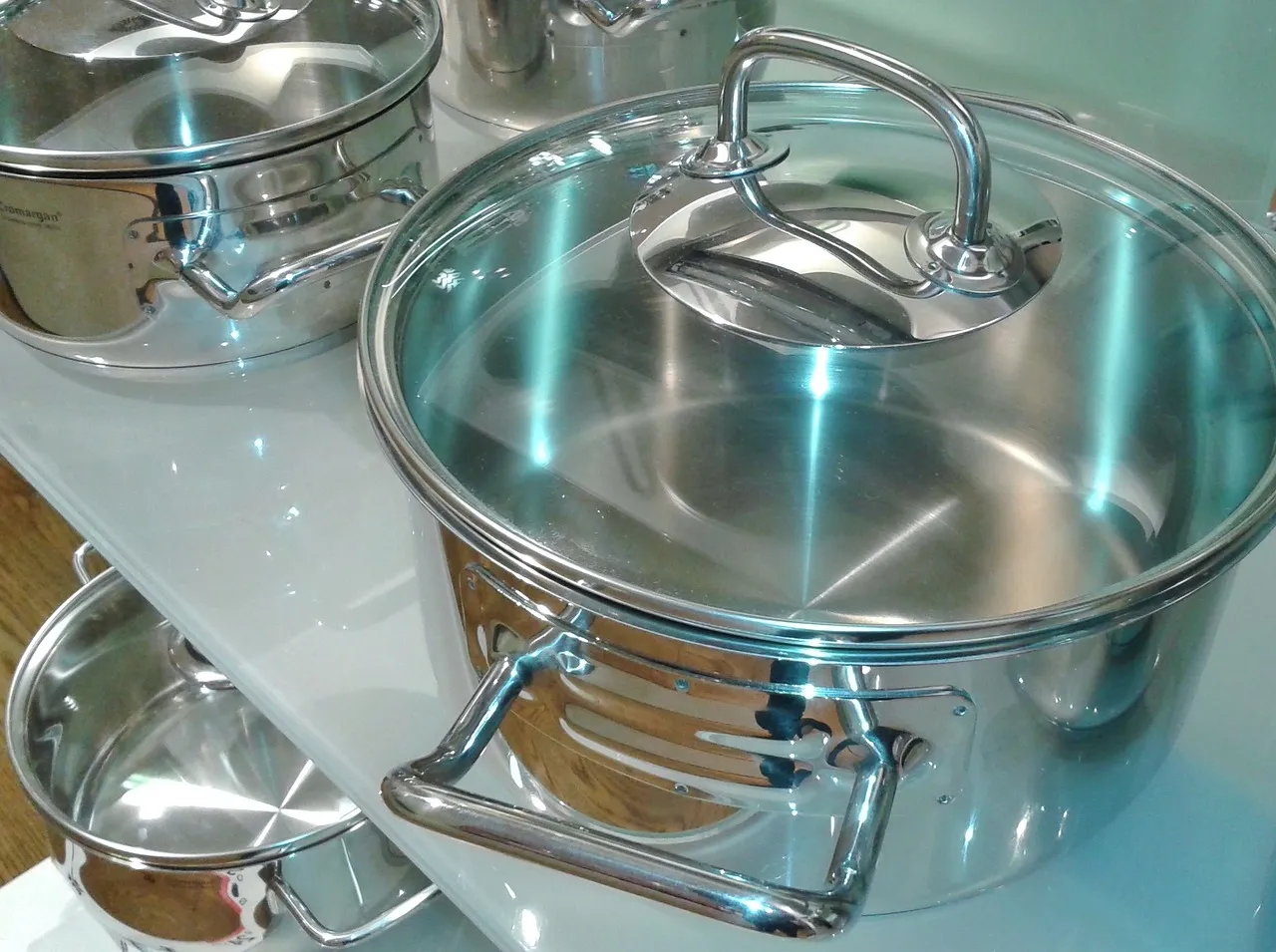Decisions Made Easy
Cast Iron vs. Nonstick Cookware: Which is Better for Your Kitchen?

Choosing the right cookware is essential for anyone who spends time in the kitchen, whether you’re a beginner or an experienced chef. Two popular types of cookware are cast iron and nonstick. Each offers unique benefits and challenges, influencing your cooking experience. This article compares cast iron and nonstick cookware, examining aspects such as cost, ease of use, cooking performance, maintenance, and environmental impact to help you decide which type suits your kitchen needs.
Cost Comparison
Cast Iron Cookware
- Generally more affordable, especially considering its durability and long lifespan.
- Prices can vary depending on brand and whether the cookware is enameled or plain cast iron.
Nonstick Cookware
- Typically more expensive, especially for high-quality brands with durable nonstick coatings.
- Often requires replacement more frequently than cast iron due to wear and tear of the nonstick surface.
Excerpt: “Cast iron cookware tends to be a cost-effective investment in the long run, while nonstick cookware, though potentially pricier upfront, offers immediate convenience.”
Ease of Use
Cast Iron Cookware
- Requires seasoning to maintain a nonstick surface and prevent rust.
- Heavier and may be harder to handle, especially for those not used to its weight.
- Takes longer to heat up but retains heat exceptionally well.
Nonstick Cookware
- Lightweight and easy to handle, making it suitable for quick and everyday cooking.
- Heats up quickly and offers a smooth cooking surface that prevents food from sticking.
- Requires minimal oil or fat for cooking, which is great for healthier meals.
Excerpt: “While nonstick cookware is user-friendly and perfect for quick meals, cast iron requires more care and patience but offers excellent heat retention and cooking results.”
Cooking Performance
Cast Iron Cookware
- Ideal for high-heat cooking methods like searing, frying, and baking.
- Provides even heat distribution, making it perfect for slow-cooking and dishes that require steady heat.
- Can be used on the stovetop, in the oven, or over an open flame.
Nonstick Cookware
- Best suited for low to medium-heat cooking, such as eggs, pancakes, and delicate fish.
- Not ideal for high-heat cooking as the coating can degrade over time.
- Excellent for everyday cooking tasks where ease and speed are priorities.
Excerpt: “Cast iron excels in high-heat and versatile cooking, while nonstick is perfect for delicate foods and easy cleanup.”
Maintenance
Cast Iron Cookware
- Requires regular seasoning to maintain its surface and prevent rust.
- Hand washing is recommended to preserve the seasoning; avoid using soap frequently.
- Very durable, with proper care it can last a lifetime.
Nonstick Cookware
- Easy to clean, often dishwasher safe, but hand washing is recommended to prolong the life of the coating.
- Avoid using metal utensils to prevent scratching the nonstick surface.
- Generally needs replacement every few years as the coating wears off.
Excerpt: “Nonstick cookware offers convenience with easy cleaning but has a shorter lifespan, whereas cast iron demands more upkeep but can last generations.”
Environmental Impact
Cast Iron Cookware
- Made from natural materials and is highly durable, reducing the need for frequent replacement.
- Fully recyclable and has a low environmental footprint in terms of disposal.
Nonstick Cookware
- Made from synthetic materials, including nonstick coatings like Teflon, which can have environmental and health concerns if not used properly.
- Shorter lifespan leads to more frequent replacements and potential waste.
Excerpt: “Cast iron is the more environmentally friendly option due to its longevity and natural materials, while nonstick cookware, though convenient, has a higher environmental impact.”
Conclusion
Choosing between cast iron and nonstick cookware depends on your cooking habits, preferences, and environmental values. Cast iron offers durability, versatility, and excellent heat retention, making it a long-term investment for serious cooks. Nonstick cookware provides convenience, easy handling, and quick cleaning, ideal for everyday, low-fat cooking.
Ultimately, the best choice depends on your kitchen needs. For those who appreciate the traditional, robust nature of cast iron and are willing to maintain it, cast iron is the way to go. For those seeking quick, easy meals with minimal cleanup, nonstick cookware is an excellent choice.
Remember, the right cookware can enhance your culinary experience, so take the time to choose between cast iron and nonstick based on your cooking style and kitchen requirements.
